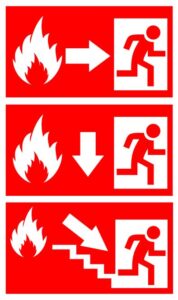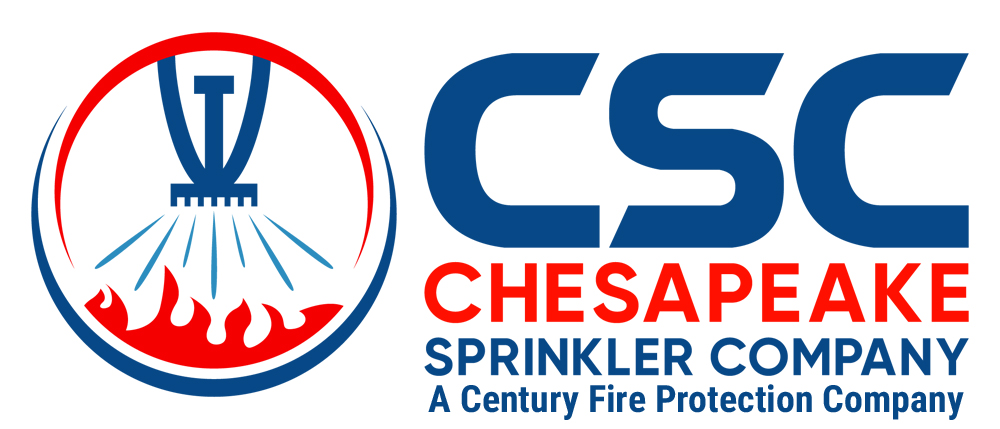 Being aware of fire safety myths that can put your business at risk is crucial as a business owner. By reading and understanding the fire safety myths below, you can prevent accidents and reduce the risk of fire emergencies. Having a clear understanding of fire safety will help you differentiate between facts and myths and enable you to take necessary precautions to ensure the safety of your business.
Being aware of fire safety myths that can put your business at risk is crucial as a business owner. By reading and understanding the fire safety myths below, you can prevent accidents and reduce the risk of fire emergencies. Having a clear understanding of fire safety will help you differentiate between facts and myths and enable you to take necessary precautions to ensure the safety of your business.
Fire Sprinklers Always Work
Fire sprinklers are crucial for protecting your property and saving lives. They are designed to provide the water necessary to extinguish a fire. However, it is essential to note that not all fire sprinklers work constantly; thus, regular inspections are critical. It cannot be assumed that all sprinklers will activate when needed the most. Whether you are managing a high-rise complex or a business, adhering to fire safety codes is imperative.
Fire Alarms Sound Off Before Fires
A popular misconception regarding fire safety is that smoke detectors go off before a fire ignites. However, this is not true. The common phrase “If there’s smoke, there’s fire” is accurate. Smoke is only produced when a fire has already started. If you hear a smoke detector alert, leaving the building immediately and safely is crucial, as it indicates that a fire has begun.
Stairs Make For An Easy Escape
When you are in a building with multiple floors or a high-rise, it is always better to use the stairs instead of the elevator. However, the stairway might sometimes be blocked or obstructed, making it impossible to reach the bottom floor quickly. In such situations, it is crucial to rely on the exit areas. Most buildings have two staircases leading to the lower levels, so choose whichever is available if both options are safe and free from fire and debris. It is always essential to prioritize your safety, so be sure to use the exit route that is free and clear from smoke and fire.
Any Fire Extinguisher Can Extinguish Flames
There are five classes of fire extinguishers: Class A, Class B, Class C, Class D, and Class K. Each course is designed for a specific type of fire. Class A is used for ordinary combustibles, Class B for gasoline, alcohol, oil-based paints, and lacquers, Class C for electrical fires, Class D for combustible metal fires, and Class K is best used in kitchen fires to put out oil and grease fires. These distinctions can help stop a fire, protect property, and save lives.
Everyone Knows Where the Fire Exits Are
As a property owner, it is crucial to ensure that your commercial building has well-lit exit areas and maps indicating the location of fire exits on each level. Having an illuminated space and easily accessible exits is crucial in case of a fire emergency to ensure the safety of your customers or tenants. If you need more certainty about the status of your fire sprinklers or other fire protection equipment, don’t hesitate to contact us.
Contact Chesapeake Sprinkler Company Today!
Chesapeake Sprinkler Company is a leading fire sprinkler contractor in the region, which is now a 100% employee-owned (ESOP) company. As a full-service fire protection company, we offer design, fabrication, installation, testing, maintenance, and inspection of fire protection systems—everything you need from your fire suppression specialist.
For more information, please email or call our Odenton location at 410-674-7041, our Ashburn location at 703-729-5150, or for service/maintenance Chesapeake Protection Services at 410-674-7577. For emergencies, call 800-298-3473 (FIRE). Feel free to keep in touch through Facebook, Twitter, or LinkedIn!
